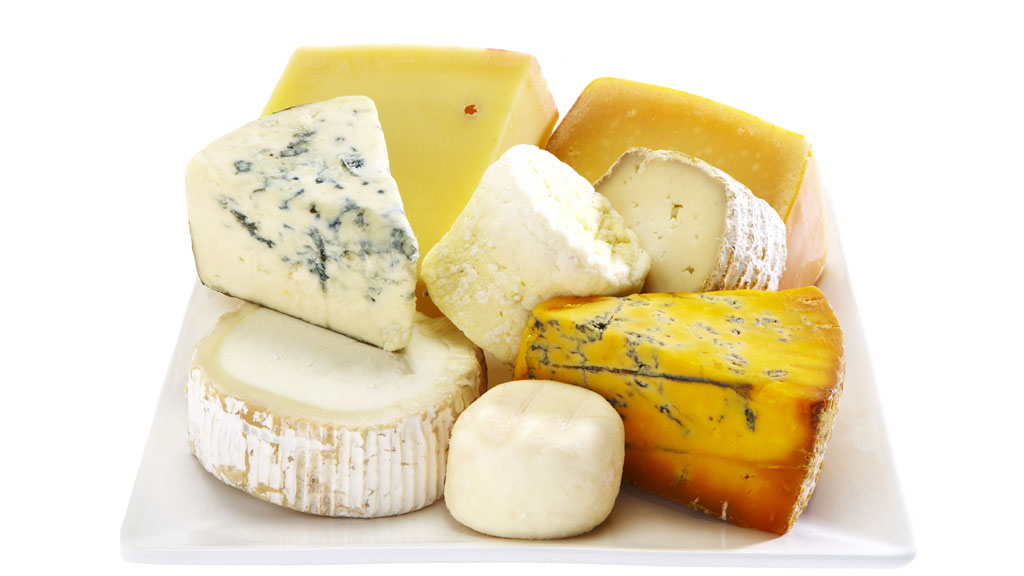What stone age man’s passion for cheese has done for us
Cheese was enjoyed by stone age man in Europe thousands of years ago, which has helped shape our eating habits today by making us lactose tolerant.

You may think you have a contender lurking at the back of the fridge, but the world’s oldest cheese actually dates from the stone age, according to a new analysis of ancient pottery.
The 7,500-year-old cheese residue was found in fragments of sieve-like pots in contemporary Poland. It leaves our modern-day extra-mature cheddar and cave-aged gruyere look positively youthful.
It is more than just hard cheese, however. Dairy has done nothing less than help shape our species.
“It is a reflection of our cultural history and the origins of our societies,” said Professor Richard Evershed, from the University of Bristol, who led the research, published today in the science journal Nature.
Lactose tolerance
The invention and consumption of cheese may have driven the evolution of lactose tolerance – a trait common to most European and African populations today, but not found in Asians.
Lactose intolerance still occurs even in populations where the gene is common, suggesting its evolution is still ongoing, the researchers said.
The research used chemical techniques to find unique signatures of dairy fats in left in the perforations of the clay pots. They are found in a site near Poznan inhabited by the very earliest European farmers.
Archaeologists had speculated the pots might be strainers used for separating curds from whey to make cheese. Neolitihic farmers are known to have kept cattle. But now they have molecular evidence to confirm stone age men had a taste for cheese.
It is thought cheesemaking would have caught on as it is a way of preserving milk in an edible form before it spoils. However, it is believed all human ancestors were lactose intolerant and cheese could have been a way round that.
“When you make cheese you get all the nutritional benefits of milk but reduce the lactose content,” explained Prof Evershed. Separate research on the spread of lactose tolerance genes suggests they followed the cultural tradition of milk and dairy use by early European farmers.
A separate lactose tolerance gene, more common in people of African origin, seems to appear around an earlier date when the first African farmers began keeping cattle and presumably consuming dairy.
The absence of lactose tolerance in people of Asian origin – so the theory goes – is due to an absence of dairy use in ancestral Asian societies.
Template
“Essentially the decisions of these early farmers set a template for who we are biologically,” said Prof Evershed.
So what dairy products graced the neolithic cheese boards? The researchers cannot be certain but assume the strained cheese would have been similar to simple curd cheeses like cottage cheese.
If they then treated or matured their cheeses further is a subject for further research, said Prof Evershed: “Who knows when the weirder selection of cheeses we know today were discovered but we assume it must have been accidental.”
-
Latest news
-
As India goes to the polls in the world’s largest election – what do British-Indians think?6m

-
Tees Valley: Meet the candidates in one of the biggest contests coming up in May’s local elections4m

-
Keir Starmer says public sector reform will be a struggle7m

-
Nicola Sturgeon’s husband Peter Murrell charged with embezzlement of funds from SNP1m

-
Ukraine might finally get $60billion in American weapons and assistance to defend against Russia3m

-




